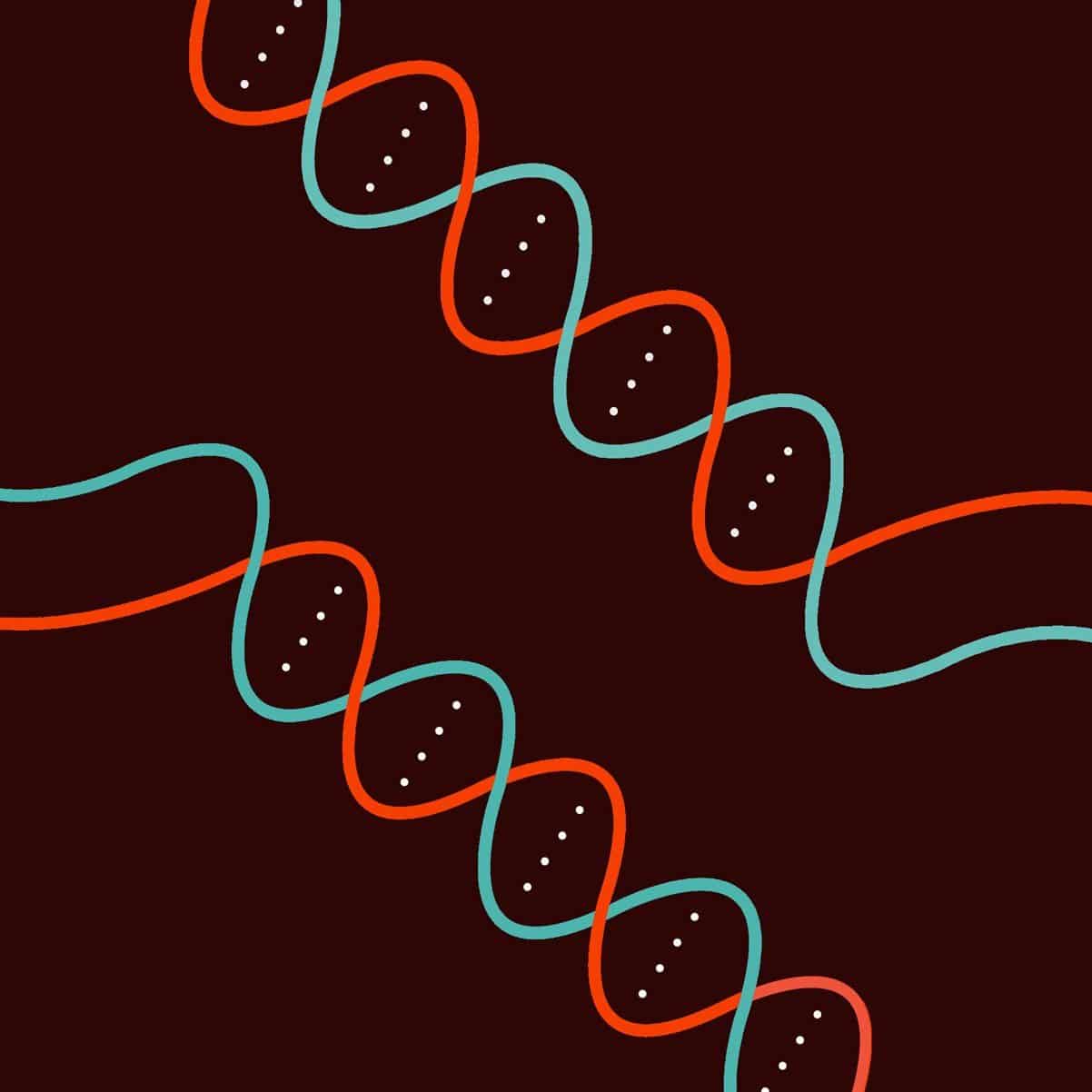Scientists Use CRISPR Gene Editing System to Perform Parallel Edits
The first use of CRISPR to edit human cells in a dish was reported in 2013. It’s since been touted as an easy way to alter people’s DNA, promising to banish what are currently lethal or lifelong maladies with a single treatment that fixes them at the genetic root.
And in a piece Bill Gates wrote for the Foreign Affairs this week, he put further emphasis on how unique this technology is and how our researches should be taken up a notch higher to meet growing demand for food and to improve disease prevention, particularly for malaria. “It would be a tragedy to pass up the opportunity,” he writes.
Now, in another exciting advance, researchers at the University of California have successfully tested speeding up this process of gene editing.
In terms of understanding the functional effects of DNA sequence variants, one promising avenue is precise editing with the CRISPR–Cas9 system. Recent studies have used CRISPR libraries to generate many frameshift mutations genome wide through faulty repair of CRISPR-directed breaks by nonhomologous end joining (NHEJ).
However, it is a tedious process- painstakingly introducing a variant, monitoring the effect gene by
gene. Researchers currently analyze each edit one at a time, a process that can take weeks.The UCLA team has now tweaked the CRISPR tech so as to allow researchers to monitor the outcome of tens of thousands of gene edits in the time it currently takes to analyze a few. The UCLA investigators invented a method that physically connected thousands of guides to their partner patches, allowing a perfectly matched set to be delivered to each cell.
In their study, the team physically connected thousands of guides to their partner patches, forming a perfectly matched set for each cell. In a test of a class of genetic mutations suspected to be harmful to cells, they used yeast because cellular changes in response to gene alterations happen quickly and are easy to observe.
Researchers grew millions of cells inside a flask of fluid. CRISPR delivered a customized set of paired guides and patches to each cell- about 10,000 distinct mutations simultaneously. The guide and patches instructed CRISPR where to snip the gene and what edit to introduce. This process distinguished cells that died or survived after four days.
“We were surprised to find that some genes believed to be essential for cell function actually aren’t,” said first author Meru Sadhu, a postdoctoral researcher in Kruglyak’s lab. “In other genes, only a part of the protein is essential, while the rest can be chopped off and the cell will still survive.”
The UCLA team hopes their technique will help scientists to rapidly distinguish the most damaging genetic edits from the harmless.
“We can now edit the genome in thousands of different ways, while observing positive or negative effects on cells,” said said lead author Leonid Kruglyak, chair of human genetics at the David Geffen School of Medicine at UCLA. “Our ultimate goal is to help scientists zero in on the genetic culprit for a disease, leading doctors to a firm diagnosis and allowing patients to obtain the most effective treatment.“






























